Tile question: miter-cut or bullnose corners?
jacobse
14 years ago
Featured Answer
Comments (13)
MongoCT
14 years agobill_vincent
14 years agoRelated Professionals
Knoxville Kitchen & Bathroom Designers · San Jacinto Kitchen & Bathroom Designers · White House Kitchen & Bathroom Designers · Hickory Kitchen & Bathroom Remodelers · Chicago Glass & Shower Door Dealers · Denver Glass & Shower Door Dealers · Larkspur Glass & Shower Door Dealers · Watauga Cabinets & Cabinetry · Whitehall Cabinets & Cabinetry · Central Cabinets & Cabinetry · North Plainfield Cabinets & Cabinetry · Mount Sinai Window Treatments · Palm Beach Gardens Window Treatments · Rockville Window Treatments · South Yarmouth Window Treatmentsjacobse
14 years agojacobse
14 years agontruro
14 years agoadvertguy2
14 years agodavidro1
14 years agojust_julie
14 years agojohnfrwhipple
14 years agoMongoCT
14 years agojacobse
14 years agojacobse
14 years ago
Related Stories
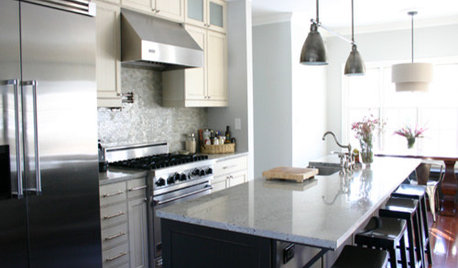
KITCHEN DESIGNKitchen Details: The Right Edge for Your Countertop
Square, Mitered, Waterfall or Bullnose? See What Counter-Edge Style Looks Best to You
Full Story
REMODELING GUIDESSurvive Your Home Remodel: 11 Must-Ask Questions
Plan ahead to keep minor hassles from turning into major headaches during an extensive renovation
Full Story
KITCHEN DESIGN9 Questions to Ask When Planning a Kitchen Pantry
Avoid blunders and get the storage space and layout you need by asking these questions before you begin
Full Story
REMODELING GUIDES13 Essential Questions to Ask Yourself Before Tackling a Renovation
No one knows you better than yourself, so to get the remodel you truly want, consider these questions first
Full Story
GREEN DECORATING8 Questions to Help You See Through Green Hype
With the ecofriendly bandwagon picking up some dubious passengers, here's how to tell truly green products and services from the imposters
Full Story
HOME OFFICESQuiet, Please! How to Cut Noise Pollution at Home
Leaf blowers, trucks or noisy neighbors driving you berserk? These sound-reduction strategies can help you hush things up
Full Story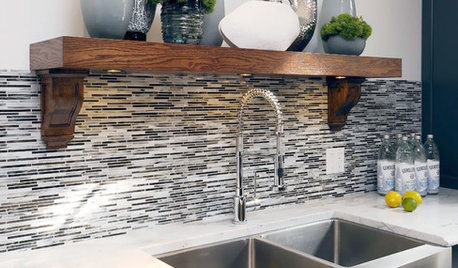
REMODELING GUIDESThe Perfect Finish for Your Tile
Bullnose? Quarter round? V-cap? Demystify trim terms and finish off your kitchen and bath tile in style
Full Story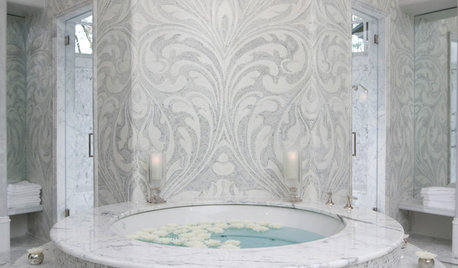
BATHROOM DESIGNPolish Your Bathroom's Look With Wrapped Tile
Corner the market on compliments for your bathroom renovation by paying attention to where the walls meet and the edges round
Full Story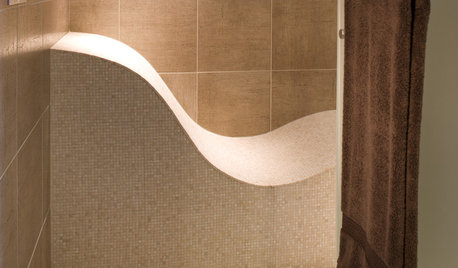
REMODELING GUIDESTop 10 Tips for Choosing Shower Tile
Slip resistance, curves and even the mineral content of your water all affect which tile is best for your shower
Full Story
BATHROOM DESIGNConvert Your Tub Space Into a Shower — the Tiling and Grouting Phase
Step 3 in swapping your tub for a sleek new shower: Pick the right tile and test it out, then choose your grout color and type
Full StorySponsored
Columbus Design-Build, Kitchen & Bath Remodeling, Historic Renovations
More Discussions






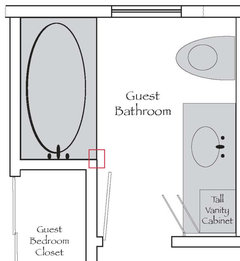
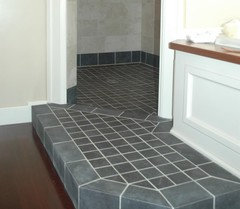

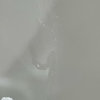
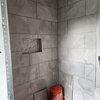
bill_vincent